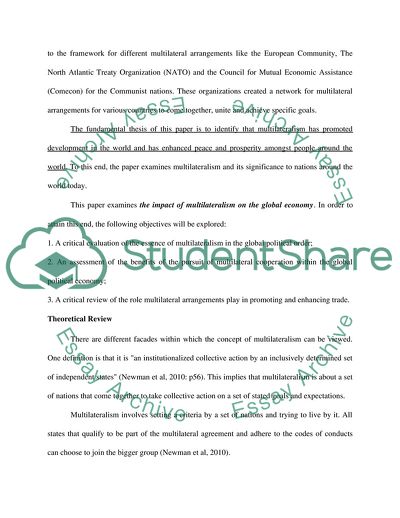Cite this document
(The Impact of Multilateralism on the Global Economy Research Paper Example | Topics and Well Written Essays - 3750 words, n.d.)
The Impact of Multilateralism on the Global Economy Research Paper Example | Topics and Well Written Essays - 3750 words. https://studentshare.org/macro-microeconomics/1814165-multilateralism-in-an-age-of-globalization-international-poltical-economy
The Impact of Multilateralism on the Global Economy Research Paper Example | Topics and Well Written Essays - 3750 words. https://studentshare.org/macro-microeconomics/1814165-multilateralism-in-an-age-of-globalization-international-poltical-economy
(The Impact of Multilateralism on the Global Economy Research Paper Example | Topics and Well Written Essays - 3750 Words)
The Impact of Multilateralism on the Global Economy Research Paper Example | Topics and Well Written Essays - 3750 Words. https://studentshare.org/macro-microeconomics/1814165-multilateralism-in-an-age-of-globalization-international-poltical-economy.
The Impact of Multilateralism on the Global Economy Research Paper Example | Topics and Well Written Essays - 3750 Words. https://studentshare.org/macro-microeconomics/1814165-multilateralism-in-an-age-of-globalization-international-poltical-economy.
“The Impact of Multilateralism on the Global Economy Research Paper Example | Topics and Well Written Essays - 3750 Words”. https://studentshare.org/macro-microeconomics/1814165-multilateralism-in-an-age-of-globalization-international-poltical-economy.


